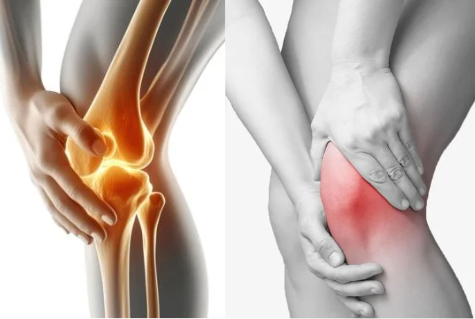What is Osteomyelitis
Osteomyelitis is the inflammation and contamination of bone that is caused by organisms that breach the bone. Staphylococcus aureus is the most common bacteria that causes Osteomyelitis. The bacteria enter the body through hematogenous, direct inoculation and contagious infection. The hematogenous is very common from other infections like pneumonia and skin abscesses.

Osteomyelitis Etiology
The bacteria can sustain in blood vessels and settle in the nutrient rich bone marrow. The process is common in children whose bones are still growing and have a more complex blood supply. Besides, direct ingestion happens when there are fractures, wounds and surgical processes. The bacteria have a direct entry point in accessing the bone itself. Moreover, the contiguous spread occurs in nearby tissues, like foot ulcers and chronic skin infections.

Osteomyelitis Pathophysiology
After the bacteria has established an environment to sustain itself, they trigger consistent inflammatory events. The human body’s immune system then releases the white blood cells to counteract the pathogens. The continuous fight between the immune system and the bacteria leads to signs and symptoms of osteomyelitis.
Staphylococcus aureus uses numerous toxins to escape the immune system and promote bacterial establishment, which causes immune tolerance. The process leads to the killing of several immune cells and the release of non-neutralizing antibodies that might prevent adaptive immunity. Besides, the body and bacteria fight cause the altering of bone homeostasis.
The bacteria can interact with osteoblasts and osteoclasts, which leads to bone loss. Staphylococcus aureus secretes virulence, which affects the neutrophil’s chemotaxis function, which decreases the ability of the body to fight back.

Clinical Manifestations of Osteomyelitis
The clinical manifestation varies depending on the patient’s age, the cause organism and the duration of infection. The main effect is Acute osteomyelitis, which forms with a fast onset of symptoms, mostly in children. The patients experience fever, pain in the infected area, fatigue, feeling unwell and limited range of motion on the affected joint.
The affected area develops Erythema, which is the redness and feeling of warmth in the affected area. Besides the other main manifestation is Chronic osteomyelitis, which develops when the acute infection is not treated well and has characteristics like mild bone pain, chronic wounds and bone deformity. Moreover, the patients develop instability in several cases and consistent pain.
PHOTO CREDIT: GOOGLE.COM
WRITTEN BY: AMEDICC.COM
